Are you looking for an ideal platform for your next website and have narrowed the choices down to Webflow and WordPress?
In this post, we will help you make an informed decision about using one of these two tools to create your website. This article will compare these two platforms based on a variety of criteria which become important not only when you create the website but also for running and maintaining it in the long term.
Webflow vs WordPress: Quick Introduction
I would like to begin this post by telling you the primary difference between WordPress and Webflow.
WordPress (the WordPress.org version) is an open-source CMS or content management system which has been around since 2003. A lot of people contribute to the development of the project and keep it available for everyone to use or modify.
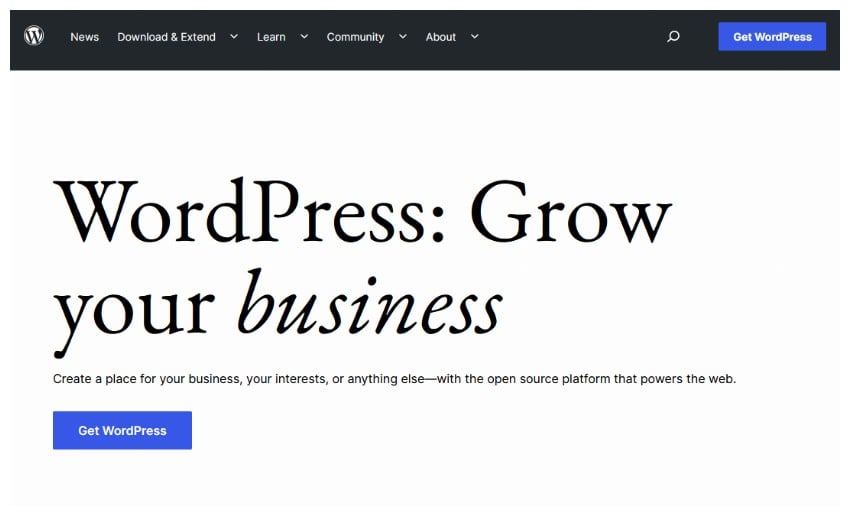
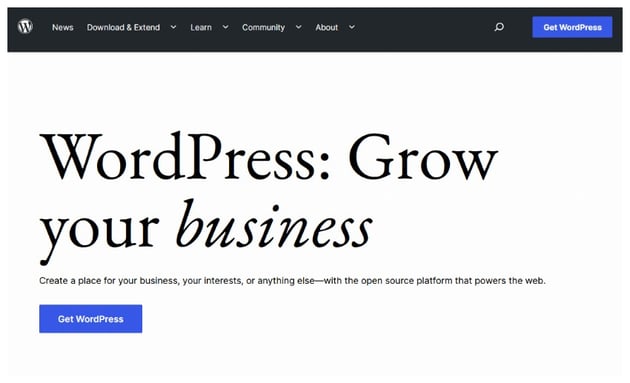
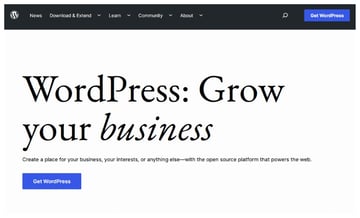
Webflow was founded almost a decade later in 2013. It is an online visual website builder that allows you to design your websites without the need for writing any code. Basically, Webflow is a SaaS or Software as a Service product.
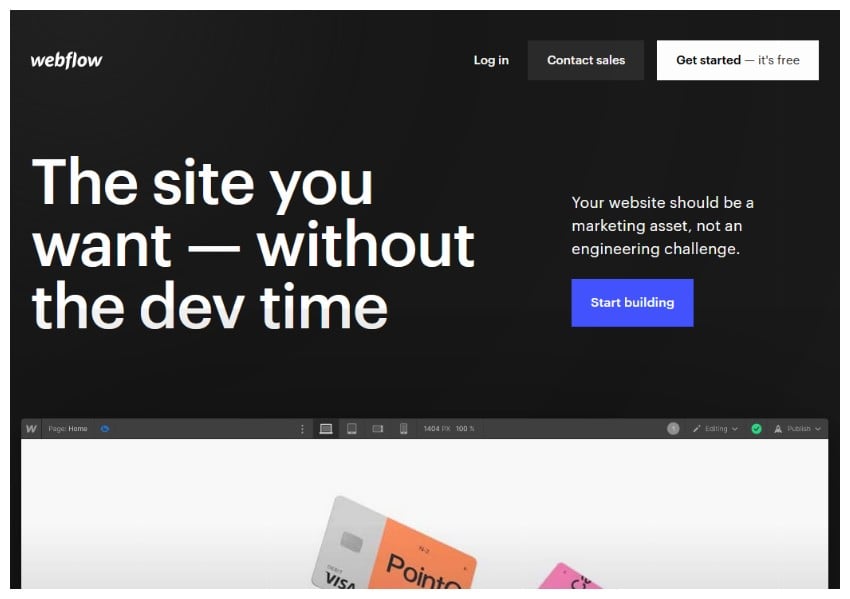
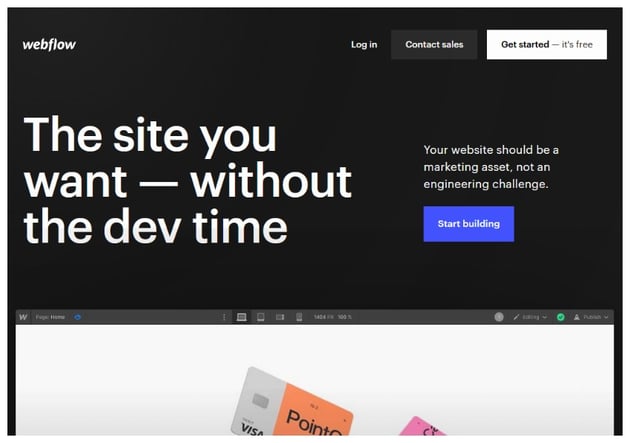
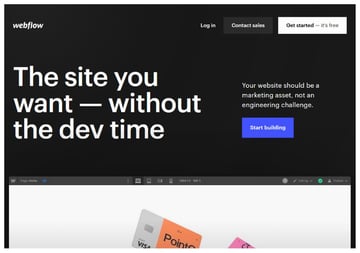
A lot of differences between these two platforms are directly or indirectly due to WordPress being open-source and Webflow being a SaaS company.
Installation and Ease of Use
Lets say you decide to use WordPress for creating your website. In this case, you will first need to find a web host, and then install WordPress on the server. Some web hosts will also do that automatically for you while most others come with installers to help you do it in a few easy steps.
With Webflow, all you need to do to get started with your website is just sign up for their service. They will ask you some questions and give you some instructions but that’s about it.
This makes the installation process easier for Webflow in comparison to Webflow. What about ease of use?
When you use WordPress and Webflow to create web pages, you will notice that WordPress is easier to use for absolute beginners. Webflow gives you a lot more control of different aspects of webpage design. Since it is all done inside a visual editor, you have to work with quite a few options for tweaking things like font size, color, padding, position and what not.
To put it simply, you will find it easier to design webpages in WordPress as an absolute beginner. Webflow, although more powerful, requires at least a little familiarity with HTML and CSS.
Winner: WordPress is easier to start with for a beginner.
Available Themes
Both WordPress and Webflow will allow you to design a webpage from scratch. You can either use built-in tools to do that or use plugins like Elementor in case of WordPress. However, creating a complete design from scratch can be time consuming and the results may not always look as good as you expected.
Luckily, both WordPress and Webflow offer pre-built themes and templates for you to create your websites. You can modify these themes to create your own unique website design.
A lot of people contribute to WordPress because it is an open-source project. This means that you are likely to find thousands of free and paid themes that you can use to create your website. WordPress has a large repository of free themes for you to use.
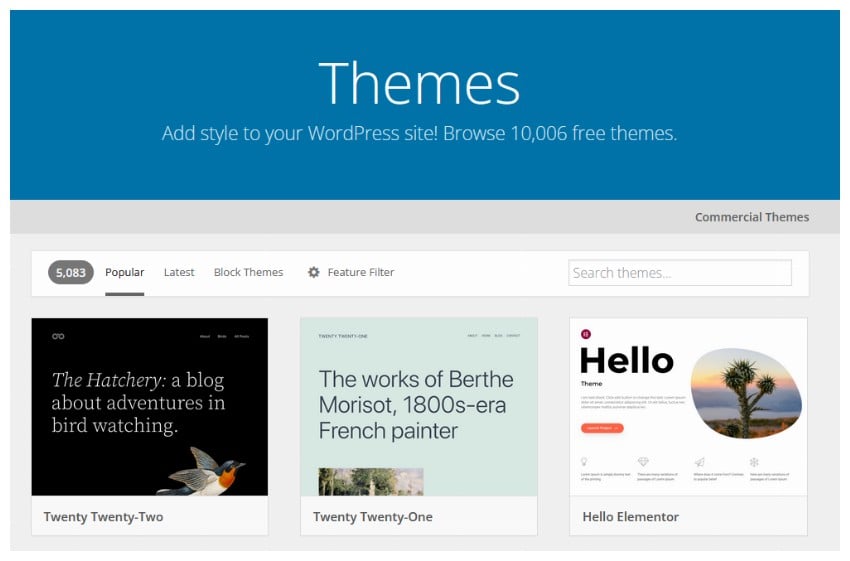
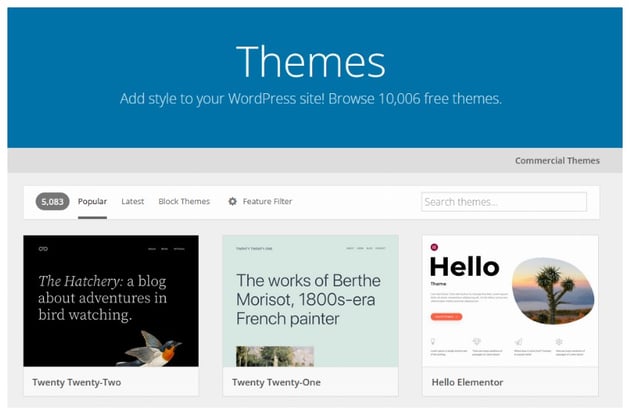
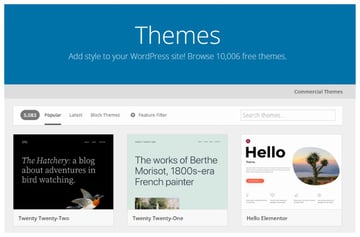
If you feel like the free themes aren’t good enough for your needs, you can always get premium themes from third-party marketplaces. One such example would be ThemeForest, you can look up for others online.
Webflow also has its own marketplace where you can get free or premium themes to use on your website. The primary different here is that the marketplace is controlled by Webflow. This means that any templates that you find on Webflow have to meet the standards and guidelines set by the company. As a result, you get a limited number of high quality website templates.
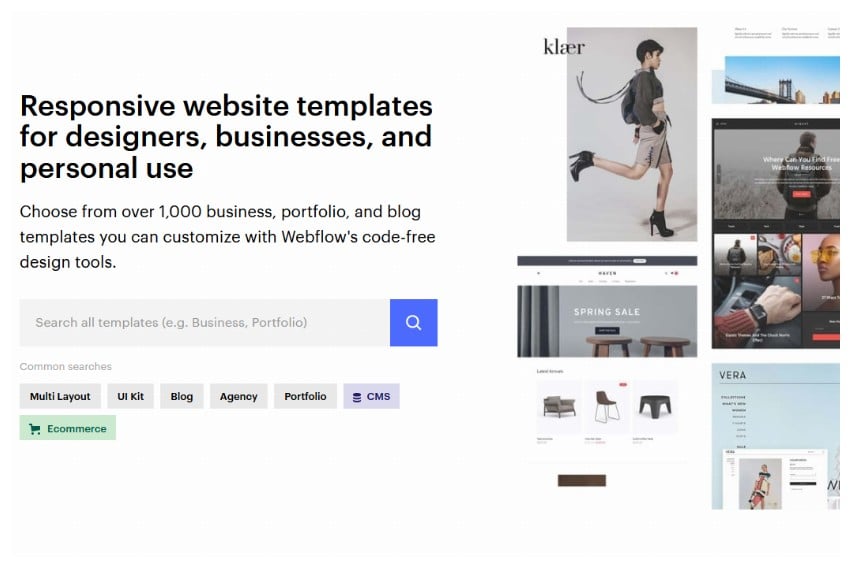
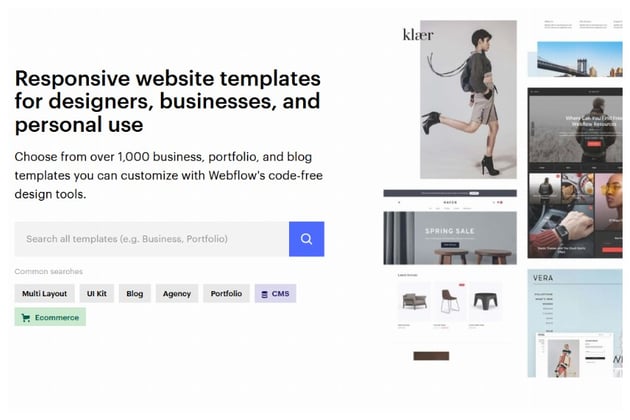
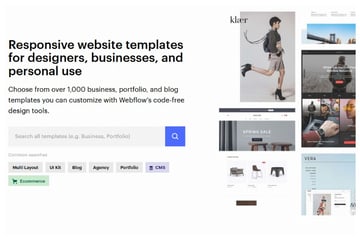
A lot of free templates have been designed by Webflow themselves so you can expect a good quality even free free templates.
Both the platforms are a tie for me when it comes to the quality and quantity of themes available. WordPress offers a larger selection of themes to choose from in comparison to Webflow. However, Webflow has better quality control over free themes. Premium themes are vetted for quality on WordPress marketplaces as well.
Tie: The free Webflow themes are more consistently high-quality. WordPress has outstanding premium themes.
Available Plugins and Extensions
No website building tool or services can provide all the features that their users might need either now or sometime in the future. This would make the product bloated. However, some of the features that people are asking for might actually be required for them to run their business.
One way around this limitation is to allow the use of third-party extensions that integrate with the core product. Both WordPress and Webflow employ this strategy.
Just like themes, WordPress also has a big repository of free plugins that you can install and activate to use on your website. There are over 60,000 free plugins available for you to use and they will provide all kinds of functionality. This includes contact forms, spam protection, eCommerce, optimization etc.
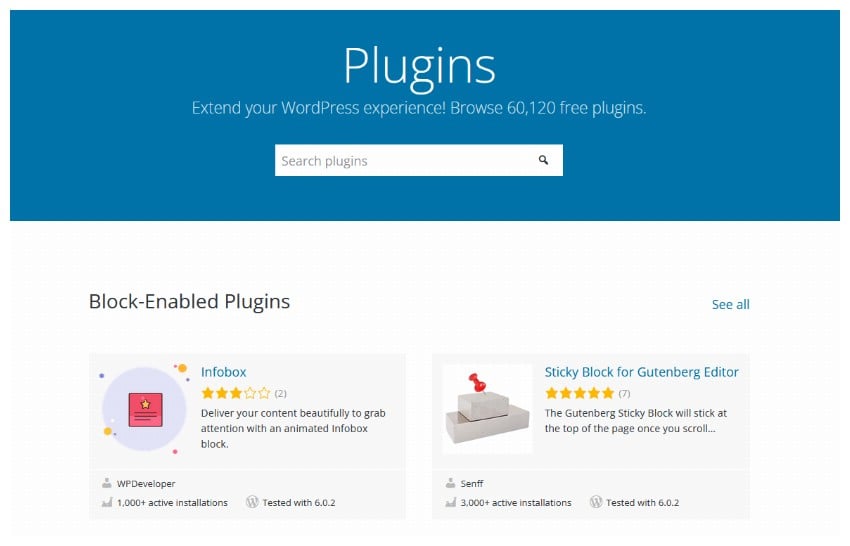
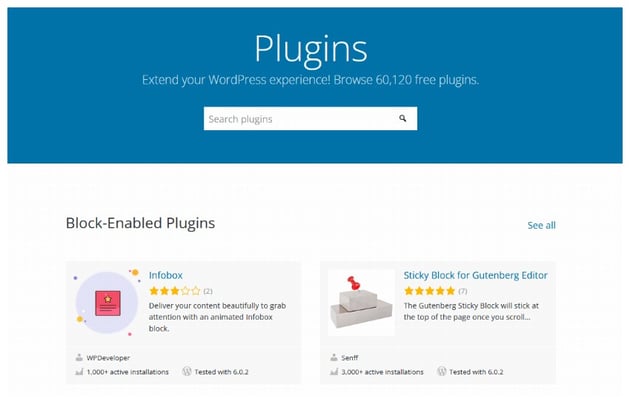
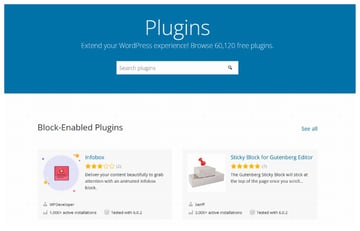
There are also many marketplaces like CodeCanyon that sell premium WordPress plugins that provide more functionality, regular updates and better support in case something goes wrong.
The number of integrations provided by Webflow are fairly limited in comparison to WordPress. I would like to add that Webflow does provide built-in functionality to handle eCommerce operation on some of its plans so you will get that out-of-box as long as you are willing to pay a monthly fees.
Winner: WordPress is a clear winner when it comes to extending the functionality of your website with third-party plugins.
Maintenance and Optimization
Any website that you create requires on going maintenance in order to function properly. It should be your priority to keep the website fast, optimized and secure for your visitors.
When using WordPress, the onus of maintaining a website lies with you. You will be the one responsible for choosing a decent hosting provider that provides scalable and secure infrastructure. Any WordPress themes and plugins that you install will regularly release new updates and you will have to keep them up-to-date in order to prevent security vulnerabilities.
Hosting on Webflow is powered by AWS and Fastly so won’t have to worry about speed or scalability. The platform will take care of these for you. You also won’t have to deal with regular updates of 3rd party plugins and themes. This reduces the chances of anything breaking after updates or security lapses in case of no updates. Webflow also offers fairly good SEO out-of-box while you need third party plugins to do the same in WordPress.
Winner: Webflow is the obvious choice if you are looking for a hassle-free maintenance and optimization experience for your website.
Usage Cost
The cost of using a platform is also an important factor when deciding which one should you use to create your website. It is easier to get a rough estimate of the overall costs with SaaS products like Webflow but a little harder to do with open-source projects like WordPress.
This is because you can see the cost of different plans in a pricing table on the Webflow website.
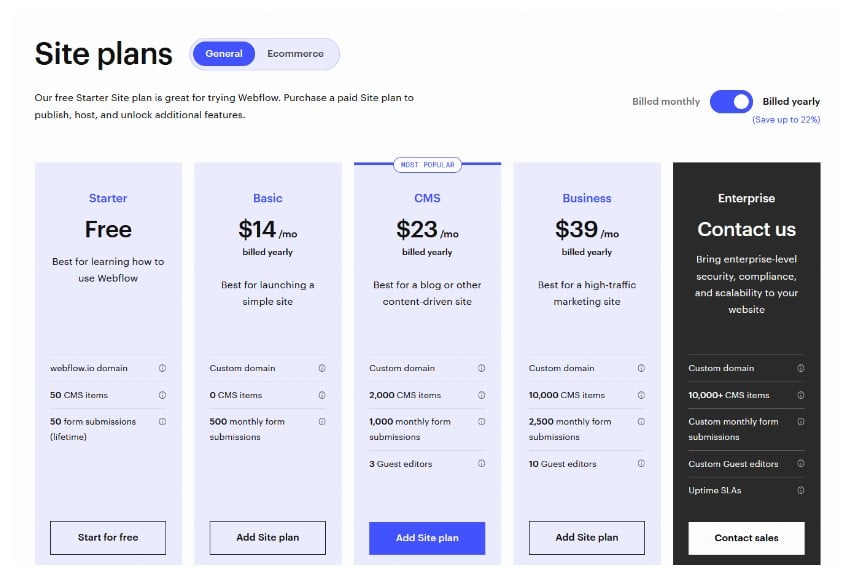
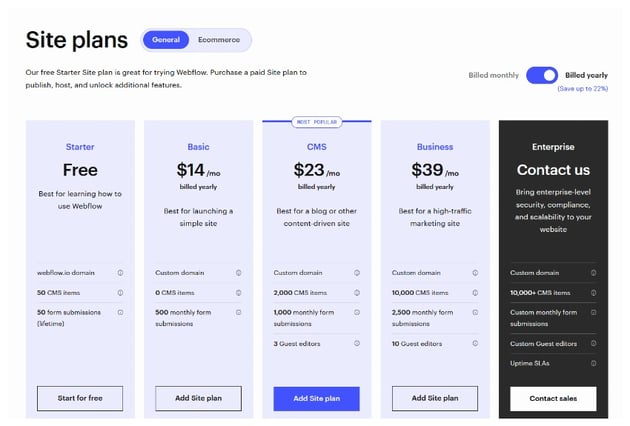
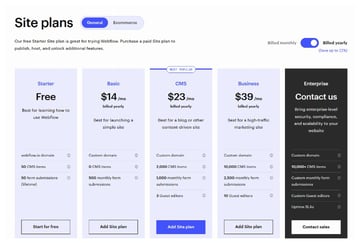
As you can see, creating a CMS capable website with Webflow will cost you $23 monthly or $276 annually with yearly billing. The price goes up to $468 for the business plan. There are some other limitations as well such as the number of guest editors or form submissions etc.
Lets say you decide to create an eCommerce website with Webflow, you will have to pay $888 on a yearly basis if you want to avoid a 2% transaction fee. There are also some other finer details that you should check out on the official website.
WordPress, in contrast to Webflow, won’t cost you anything to install because it is open-source. However, you will still have to pay a hosting fees but you are free to choose your own webhost. Lets say you decide to use premium WordPress themes or plugins, those costs would also be added to your overall budget.
Winner: In most cases, a WordPress website will be cheaper.
Final Thoughts
Lets conclude the post with a final verdict on the better platform to use for creating your website. The table below summarizes everything that we have discussed so far in the post to help you make a decision.
| Criteria | Winner |
|---|---|
| Installation and Ease of Use | WordPress |
| Available Designs and Layouts |
Tie
|
| Plugins and Extensions |
WordPress
|
| Maintenance and Optimization |
Webflow
|
| Cost |
WordPress
|
If cost isn’t an important factor for you and you don’t plan to do something very unique with your website, I would suggest that you pick Webflow for creating your website. Just make sure that you are already a little bit familiar with HTML and CSS or be ready to spend some time learning about them.
People who don’t want to be tied to a specific platform and want complete control over their website should consider using WordPress. Keep in mind that you will have to take care of the optimization, security and overall maintenance of the website by yourself.